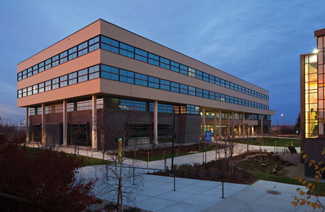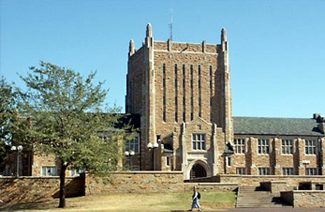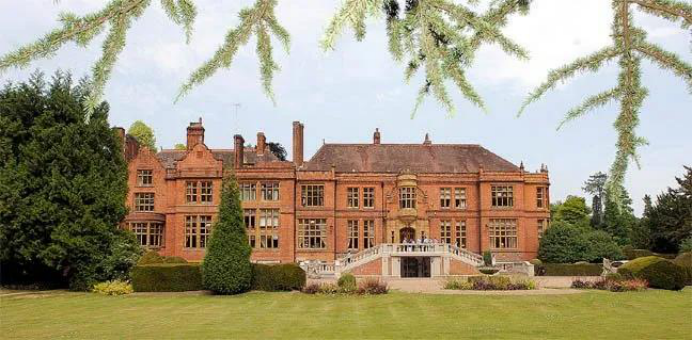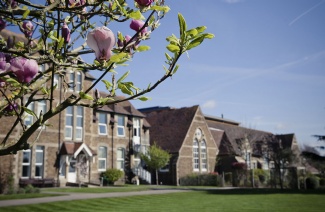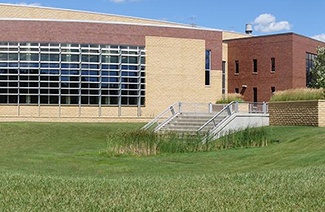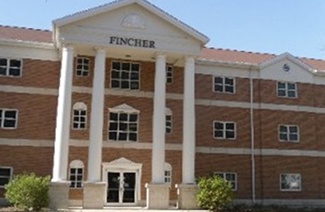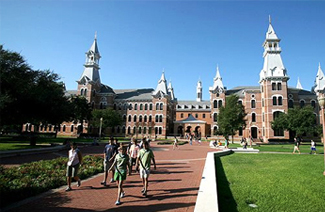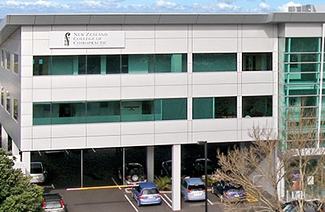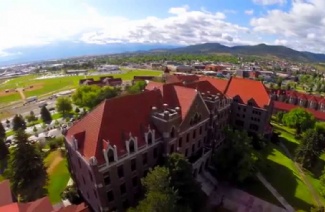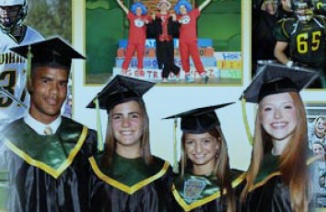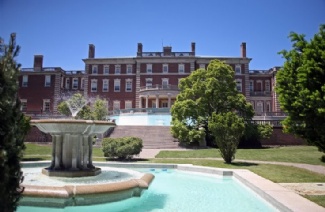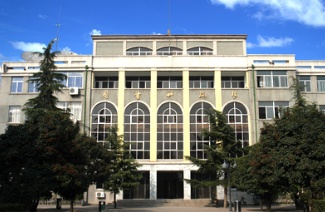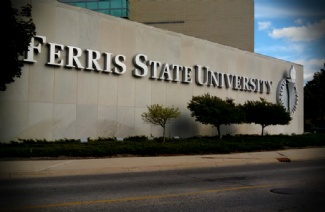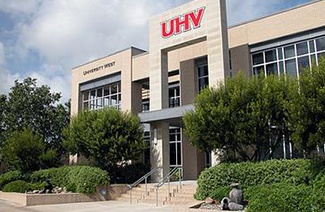Question #1: If a, b and c are consecutive integers, a < b < c, and a + b + c = 96, what is the value of b?
(a) 30
(b) 31
(c) 32
(d) 33
(e) 34
Solution: If a, b and c are consecutive numbers, b = a + 1 and c = a + 2.
Then, a + (a + 1) + (a + 2) = 96, so 3·a + 3 = 96.
a = (96 - 3)/3 = 31.
b = a + 1 = 32.
Question #2: The price of wheat was $5/bushel on January 2007 and $9/bushel on January 2008. By what percentage did the price change?(a) 10%
(b) 40%
(c) 60%
(d) 80%
(e) 90% Answer: The price change is [(Price2008 - Price2007)/Price2007]·100 = [(9 - 5)/5]·100 = (4/5)·100 = 80%
Question #3: In the figure below, angle AMB is 100o, angle BMD is 40o and angle CME is 60o. What is the value of angle CMD?
Figure not drawn to scale
(a) 20o
(b) 30o
(c) 40o
(d) 50o
(e) 80o
Answer: If angle AMB is 100o, then angle BME is 180o - 100o = 80o
BMC + CMD = 40o
BMC + CMD + DME = 80o
If we subtract the 2 equations, DME = 40o
CMD + DME = 60o
BMC + CMD + DME = 80o
If we subtract the 2 equations, BMC = 20o
CMD = BME - BMC - DME = 80o - 40o - 20o = 20o
Question #4: A vehicle runs from town A to town B at a speed of 20 miles/hour while another vehicle runs from town B to town A at a speed of 60 miles/hour. Both vehicles start their trips at the same time and the distance between towns is 100 miles. How long does it take from the time they start running to the moment they are at the same point on the road?
(a) 1 hour
(b) 1 hour and 15 minutes
(c) 1 hour and 30 minutes
(d) 1 hour and 45 minutes
(e) 2 hours and 15 minutes
100 miles = d1 + d2 This is equation #1.
It take the same time for the 2 cars to meet: t = d1/(20 miles/hour) = d2/(60miles/hour). This is equation #2.
We solve the system of 2 equations to find d1 and d2.
From equation #2, 3·d1 = d2.
Then 100 miles = d1 + d2 = 4·d1, so d1 = 25 miles and d2 = 75 miles.
The answer is t = d1/20miles/hour = 25/20 = 5/4 = 1 hour and 15 minutes.
Question #5: Given the list of integers: -2, 2, 0, 6, 8, 0, -5, 9, 10, 4, which of the following statements is true?
(a) mode < median < average
(b) median < mode < average
(c) median < average < mode
(d) mode = median < average
(e) average < median < mode
Answer: We need to rearrange the list of integers in order: -5, -2, 0, 0, 2, 4, 6, 8, 9, 10. The average will be the sum of all integers divided by the number of integers, 32/10 = 3.2
The median will be the mean of the 2 middle numbers, 2 and 4, so the median is 3.
The mode is 0, as 0 occurs the most in the list.
The correct answer is mode < median < average.
Question #6: What are the solutions x of the equation ax·a1/x = 1, x ≠ 0 and a ≠ 1?
(a) x = -1
(b) x = 1
(c) x1 = -1 and x2 = 1
(d) The equation does not have real solutions
(e) x = a
Answer: ax·a1/x = ax + 1/x = 1 = a0
x + 1/x = 0
(x2 + 1)/x = 0
x2 + 1 = 0. This equation does not have real solutions as x2 + 1 will always be positive.
Question #7: If f(x) = |x| and g(x) = x2, how many solutions has f(x) = g(x)?
(a) 1
(b) 2
(c) 3
(d) 4
(e) The equations does not have real solutions.
Answer: The simplest way to solve this problem is to draw the 2 functions in the x, y plane.
We find that the 2 functions intersect in 3 locations, for x = -1, 0 and 1.
Question #8: If a, b and c are the sides of any triangle, which of the following inequalities is not true?
(a) a·b > 0
(b) a + b > c
(c) a + c/2 >b
(d) b + c > a
(e) (a + b)·(b + c) > a·c
Answer: The first answer is true, since the product of 2 positive reals will be positive.
The second and the fourth answers are also true, since the sum of 2 sides of a triangle is always higher than the third side.
The fifth answer is also true because it is just a multiplication of the second and fourth inequalities.#p#分页标题#e#
Answer three should be the one that is not true, and we can verify this result with an example: an isosceles triangle with a = 3, b= 3, c= 10 will not satisfy the inequality.
Question #9: If x + 4y = 6 and x - 2y = 3, which of the following statements is not true?
(a) y = 1/2
(b) x = 4
(c) y = 2
(d) xy = 2
(e) x + y = 9/2
Answer: In order to find the values of x and y, we multiply the second equation by 2 and add the 2 equations:
x + 4y = 6
2x - 4y = 3
3x = 12 and x = 4, y = (6 - 3)/4 = 1/2.
y = 2 is the only equality that is false.
Question #10: Prizes totaling $60,000 were awarded unequally between 3 contestants. Which of the following choices could be the highest prize?
(a) $5,000
(b) $10,000
(c) $15,000
(d) $25,000
(e) $65,000 Answer: The highest prize should be higher than one third of $60,000 and lower than $60,000. The only answer that satisfies these conditions is $25,000.

